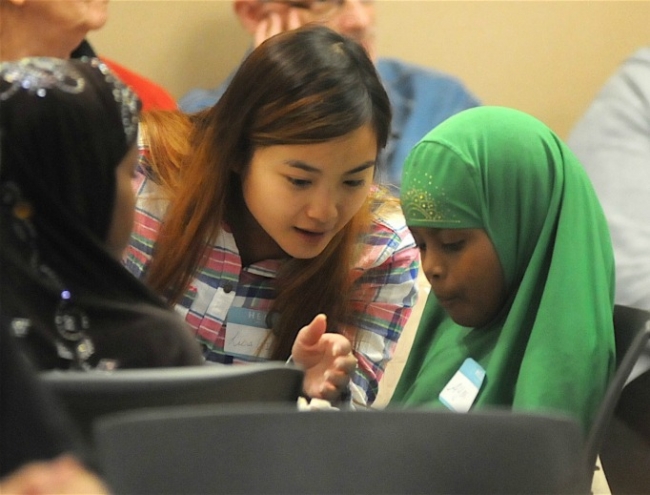
RNA - An estimated 3.3 million Muslims live in the United States, and in the 14-year span between Sept. 11, 2001 and the end of 2014, 344 Muslims in America have been involved in violent extremism, according to the Triangle Center on Terrorism and Homeland Security.
ASLMU and the Muslim Student’s Association (MSA) hosted Islamophobia in American Culture on Thursday, Sept. 29, to empower students to talk about the lives of Muslims in a post-9/11 era.
The event was structured around small groups that discussed and worked through questions about the implications of the stereotypes and rhetoric that fuels Islamophobia in American society.
The event took place in the Student Leadership and Development Office and was well-attended by students from a variety of communities on campus, such as cultural organizations, Greek Life, Ethnic and Intercultural Services (EIS) and more.
According to Mekleit Dix, director of intercultural affairs and junior English major, the presence of Islamophobia could possibly go unnoticed by some students, while others recognize it on campus.
“While, to my knowledge, students of Muslim faith haven’t reported an instance of extreme prejudice, macroaggressions and the dissemination of phobias and misinformation still occur here,” Dix said. “The Bluff is not a bubble; we are not removed from any social justice or human rights issue that is occurring presently.”
Events involving Muslim students are not new. MSA has hosted events revolving around this topic in the past, but this specific event was conducted for the first time this year. Islamophobia is technically defined as the dislike of, or prejudice against Islam or Muslims, especially as a political force.
Mid-September marked a year for the return of MSA, and they have been hosting many discussions pertaining to Muslim American students ever since.
It was emphasized that this event was a safe space to learn, grow and organize students’ thoughts and ideas for the next step regarding Islamophobia.
Questions that were discussed in these groups incuded: “What does Islam mean, and what do you think of when you hear the word?”, “How does Islam intersect with an American identity?”, “What are some stereotypes specifically placed on Muslim women?” and more.
847/940